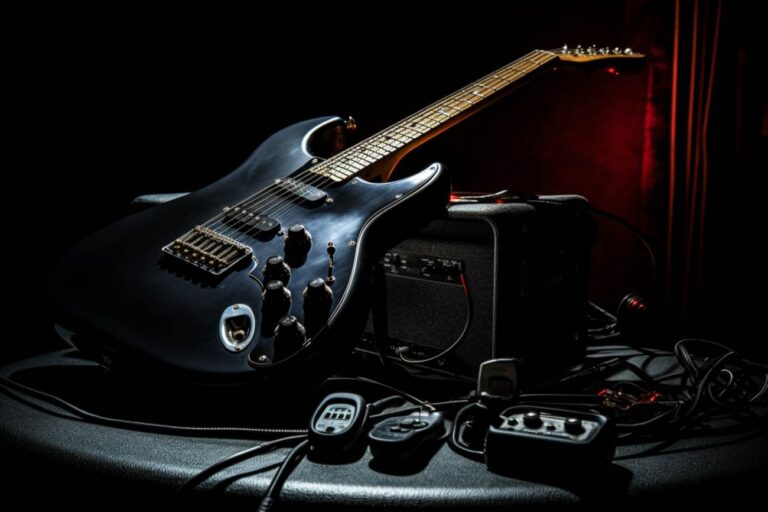Are you tired of being tethered to your amplifier by a traditional guitar cable? The evolution of musical technology has brought about a game-changer in the world of guitar playing – the wireless guitar system. This innovative technology has transformed the way musicians perform, providing freedom of movement without sacrificing sound quality. In this article, we delve into the realm of wireless guitar systems, exploring their features, benefits, and why they have become a must-have for modern guitarists.
The advantages of gitarre wireless system
Traditional guitar cables can be limiting, hindering your movement on stage and in the studio. With a gitarre ohne kabel (wireless guitar system), you can break free from these constraints. Imagine effortlessly moving across the stage, interacting with your audience, all while maintaining the highest audio quality. This newfound freedom enhances your performance and adds a dynamic element to your music.
Gitarren wireless systems are designed to provide a reliable and stable connection between your guitar and amplifier. The elimination of cables not only reduces the risk of tripping but also minimizes interference, ensuring a crisp and clear signal. These systems use advanced technology to transmit your guitar’s signal wirelessly, preserving the integrity of your sound.
Gitarre funksender test: finding the right fit
Selecting the right gitarre funksender (guitar wireless transmitter) is crucial to optimize your playing experience. Conducting a gitarre funksender test allows you to assess different models and their performance. Look for factors such as signal range, battery life, and ease of use. A comprehensive test ensures that you invest in a system that seamlessly integrates into your setup.
The market offers a variety of gitarre wireless systems, each with unique features. Whether you’re a professional musician or a hobbyist, finding the perfect fit ensures a smooth transition to wireless playing.
Gitarre wireless system test: sound quality matters
One common concern when transitioning to a wireless system is the potential compromise in sound quality. However, advancements in technology have addressed this issue, providing high-quality audio transmission. A gitarre wireless system test will help you evaluate the sound fidelity, ensuring that your tone remains pristine and true to your playing style.
The signal-to-noise ratio, latency, and frequency response are critical factors to consider during a gitarre wireless system test. These tests empower you to make an informed decision, selecting a system that enhances, rather than hinders, your musical expression.
Choosing the right gitarren wireless system
When exploring the world of gitarre wireless systems, it’s essential to consider your specific needs and preferences. Factors such as signal range, compatibility with your guitar and amplifier, and ease of setup play a crucial role in making the right choice. Invest time in researching and testing various models to find the gitarren wireless system that aligns with your musical goals.
Additionally, reading reviews and seeking recommendations from fellow musicians can provide valuable insights into the performance and reliability of different wireless systems. Make an informed decision to elevate your playing experience.
Frequently asked questions (faqs)
1. what is the main advantage of using a wireless guitar system?
The main advantage is the freedom of movement it provides, allowing guitarists to move around the stage without being restricted by cables.
2. are wireless guitar systems suitable for professional use?
Yes, many professional musicians rely on wireless guitar systems for their live performances and studio recordings due to their reliability and sound quality.
3. how do i choose the right gitarre wireless system for my setup?
Consider factors such as signal range, compatibility, and ease of use. Conducting a gitarre funksender test can help you find the perfect fit for your needs.
Siehe auch:






